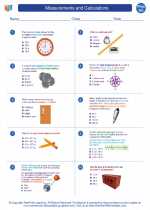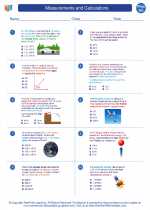Storage in Physics
Storage in the context of physics refers to the capacity of a physical system to store energy. This energy can be in various forms such as potential energy, kinetic energy, or even as electrical energy in the case of capacitors and batteries. Understanding the concept of storage is crucial in comprehending the behavior of physical systems and the conservation of energy.
Types of Storage
In the context of physics, there are several types of storage including:
- Kinetic Energy Storage: This type of storage involves the storage of energy due to an object's motion. The kinetic energy of an object is given by the equation KE = 0.5 * mv2, where "m" is the mass of the object and "v" is its velocity.
- Potential Energy Storage: Potential energy is the energy stored in an object due to its position or configuration. It can be gravitational potential energy, elastic potential energy, or electric potential energy.
- Electrical Energy Storage: This involves the storage of electrical energy in devices such as capacitors and batteries. Capacitors store energy in an electric field, while batteries store energy through chemical reactions.
Conservation of Energy
The concept of storage is closely linked to the principle of conservation of energy, which states that energy cannot be created or destroyed, only transformed from one form to another. When energy is stored in a system, it can be later released and converted into other forms of energy, but the total amount of energy remains constant.
Study Guide
To study and understand the topic of storage in physics, it's important to focus on the following key areas:
- Understand the different forms of energy and how they can be stored in various systems.
- Learn the equations and principles related to kinetic energy, potential energy, and electrical energy storage.
- Practice solving problems involving energy storage, such as calculating the kinetic energy of an object or the potential energy of a system.
- Explore real-world examples of energy storage systems, such as hydroelectric dams, batteries, and springs, and analyze how energy is stored and transferred in these systems.
- Connect the concept of energy storage to the broader principle of conservation of energy and understand how energy is conserved in different storage systems.
By mastering the concept of storage in physics, you will develop a deeper understanding of energy and its behavior in physical systems, which is fundamental to many areas of physics and engineering.
.◂Physics Worksheets and Study Guides High School. Measurements and Calculations

 Worksheet/Answer key
Worksheet/Answer key
 Worksheet/Answer key
Worksheet/Answer key
